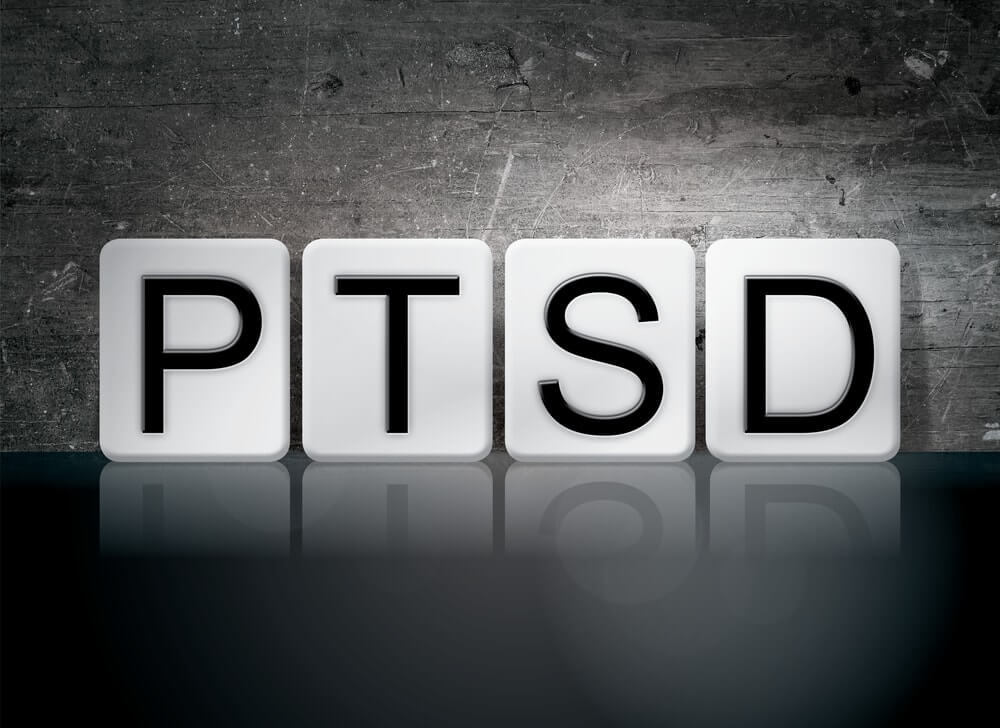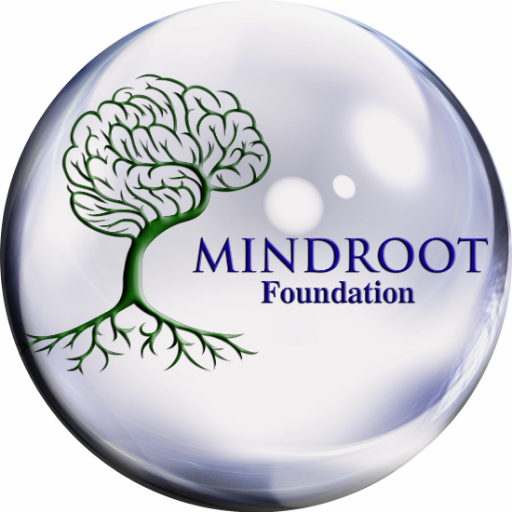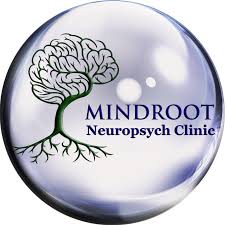Stress defined as “an internal state which can be caused by physical, social and environmental situations which are an appraisal by the body as potentially harmful and threatening. Here physical, social and environment situations are known as stressors.
Till 1930, stress was primarily used in the context of engineers and defined merely as a strain on a material object. There is still a confusion between stress as a “cause” versus “trigger” or stress as a trigger or a response. It has seen that same stressor produce different reactions in the different individual. This response depends on the coping behaviour of the individual which include defensive behaviour, information seeking behaviour, affiliative behaviour and problem-solving behaviour. The genetic and environmental factor also plays a vital role in determining the stress responses.
Other factors determining the effect of stressor are
1. Nature of stressor: acute or chronic one
2. The frequency of stressor: exposed to a single occasion or multiple times
Body response to the stress
Many systems, including central nervous system, (noradrenaline, dopamine and serotonin), hormonal (CRH, ACTH, Cortisol), and the immune system involved in the manifestation of the stress response of the body. The overall impact of all these systems can be summarised as follows:
1. All these effects lead to the development of stress-related disorders, including major depression.
2. They decrease the cellular and innate immunity.
3. They increase the risk of cardiovascular disease like coronary artery disease, myocardial infarction, congestive heart failure.
4. Increases the risk of infections secondary to decrease in immunity.
5. Other illnesses which are influenced by the stress are Atopic Dermatitis, Rheumatoid Arthritis, and many Cancer prognoses.
Stress and psychiatric illness
Schizophrenia and other psychotic illness
Stress plays a significant role in the course of schizophrenia. The person with schizophrenia who resides with families with high expressed emotion has doubled relapse rate in comparison with family having low expressed emotions. Here expressed emotion refers to the attitude of the family member towards the person who has a mental disorder.
Depression
Stress and depression have a complicated interaction. There is a complex interaction between stress, environment factor and gene which determine the outcome.
Anxiety Disorder
Childhood adverse event like abuse, Interpersonal conflicts or serious illness in a close relative may trigger the onset of Panic Disorder and other Anxiety Disorder.
serious illness in a close relative may trigger the onset of Panic Disorder and other Anxiety Disorder.
Posttraumatic stress disorder (PTSD) and Acute Stress Disorder (ASD)
PTSD develops after either experiencing or witnessing a life-threatening event or life-altering event. Its symptoms are flashback, nightmares and severe anxiety and intrusing thought about the event-mostly uncontrollable one.

Management of stress
Pharmacological
Short-term use of benzodiazepine in low dose is useful in helping the person struggling with a stressor.
Cognitive-behavioural approaches
“The greatest weapon against stress is one’s ability to choose one thought over another”:- William James
Nowadays, CBT is increasingly used to manage stress response. It is based primarily upon the understanding that cognitive appraisal about the stressful event and the coping mechanism used to these appraisals determine the stress response.
These cognitive appraisals are of two type
First, Primary Appraisal: This refers to the way in which individual evaluate the importance or meaning of the stressor or event, e.g. a person diagnosed with a chronic illness and he appraises it as a harmful, a loss or threatening one and start thinking that I will never able to do anything, and I really will care about it. Which, in turn, leads him anxious, depressed and withdrawn. Consider a different scenario; if he takes it as a challenging and starts thinking that although he is not able to do some activities, still there are many others that he can do and enjoy. In this, there are more chances of a positive outcome.
Second, Secondary Appraisal: This refers to the process of evaluating the event and thinking about what next can be done and whether it will work or not. Here many factors influence this like their learning history, mastery of coping skill etc.
There are three main aims of CBT:
First, to make the person more aware of his/her cognitive appraisal
Second, to make them understand their appraisal and how it affects their negative emotions and behavioural responses and help them to reconceptualise their cognitive appraisal.
Third, to train them to use and develops other cognitive and behavioural techniques.
CBT is efficacious in the management of stress. There is ample research showing its effectiveness. Most of the time it combined with stress management skills like self-observation, cognitive restructuring, relaxation training, time management and problem-solving.


